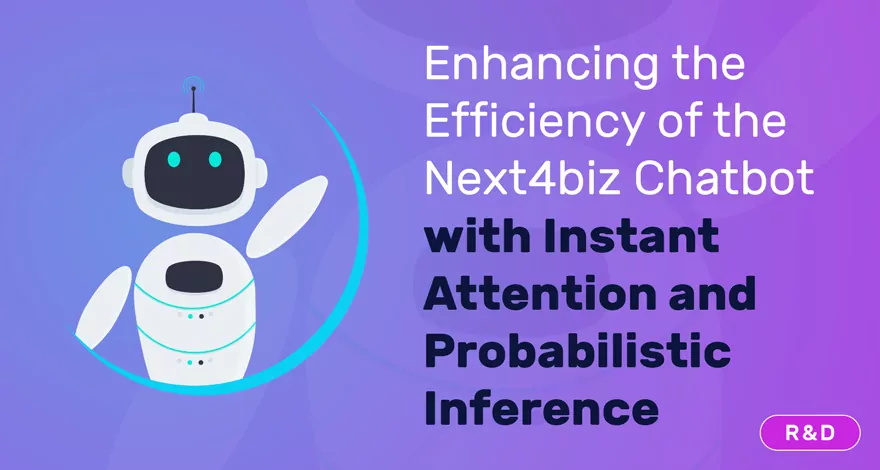Demo

From  manufacturing to finance and accounting and after-sales services to marketing activities, every manager dreams of holistically planning, organizing, and coordinating the processes and personnel in charge of every job and ensuring that things run smoothly by aligning them with service-level targets.
manufacturing to finance and accounting and after-sales services to marketing activities, every manager dreams of holistically planning, organizing, and coordinating the processes and personnel in charge of every job and ensuring that things run smoothly by aligning them with service-level targets.
But how?
Before we seek answers to this question, let’s briefly talk about what managing the business with processes can bring to an organization:
Customer and Employee Experience
Customer and employee satisfaction cannot be ignored. These two target audiences are the two must fundamental elements for the success of a business, and ensuring they’re consistently happy involves continuous improvement of their experience. Working with defined processes institutionalizes the mechanisms for resolving the potential problems of customers and transforms customer focus into a corporate discipline. Meanwhile, standardizing the business approach eliminates many employee concerns about their daily tasks.
You can apply this same principle to your employees. Imagine a workplace where your employees don’t ask themselves “How am I going to do this?” When working with processes, you will encounter these questions far less frequently. Your employees will perceive the company as a safe and peaceful place where they can easily overcome potential challenges and navigate uncertain situations, making you a preferred employer.
Agile Problem-Solving
A problem-free business is only possible in a world where no work is done. Shifting the focus from eliminating problems to seamlessly confronting and solving them is the proudest achievement of an agile business. Managing business with processes is the key to improving the organization’s problem-solving capabilities. When you’re able to get to the root causes of particular problems and solve them by taking immediate action, it lifts the business to a whole new level and leaves a mark on the industry.
Increased Efficiency
Measurability
Numbers are your best friend; you just need to know how to read them correctly. What has your company worked on for the majority of this month? How many person-hours did you spend on these efforts? What took the longest? Which unit or department is delaying things, and why?
You need to listen to more than just your heart to answer these questions; you need to listen to the numbers! And to do this, you need a process-based software where you can translate all your work into concrete, measurable numbers.
Reduction of Operational Risks
To minimize operational errors, you must define who can do what in a given situation. Personal initiative can be good, but it leads to unpredictable results. Process management discipline is a key tool that removes this blurred vision of the future and illuminates the path to success.
How can you do this?
The best answer to this question is a process-based software: a digital platform that enables the end-to-end design and performance of customer service, after-sales services, service management, sales and marketing activities, finance and accounting, purchasing and supply chain management, quality management, and production management – basically all the processes that make a company successful and keep it up and running. A platform that does not require any coding, technical knowledge, or special consultancy to use will optimize adaptation costs and greatly contribute to your financial and operational efficiency.







